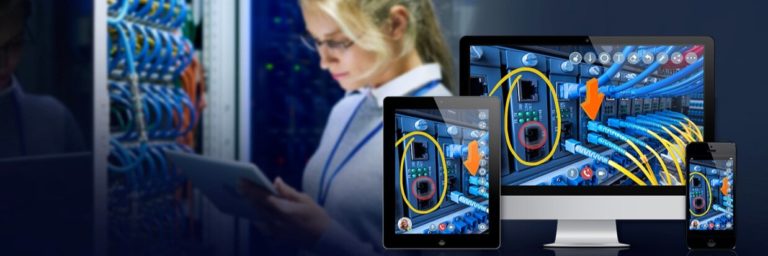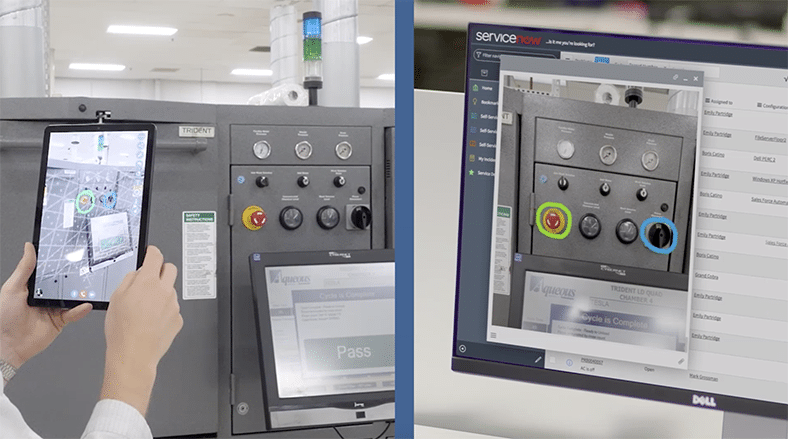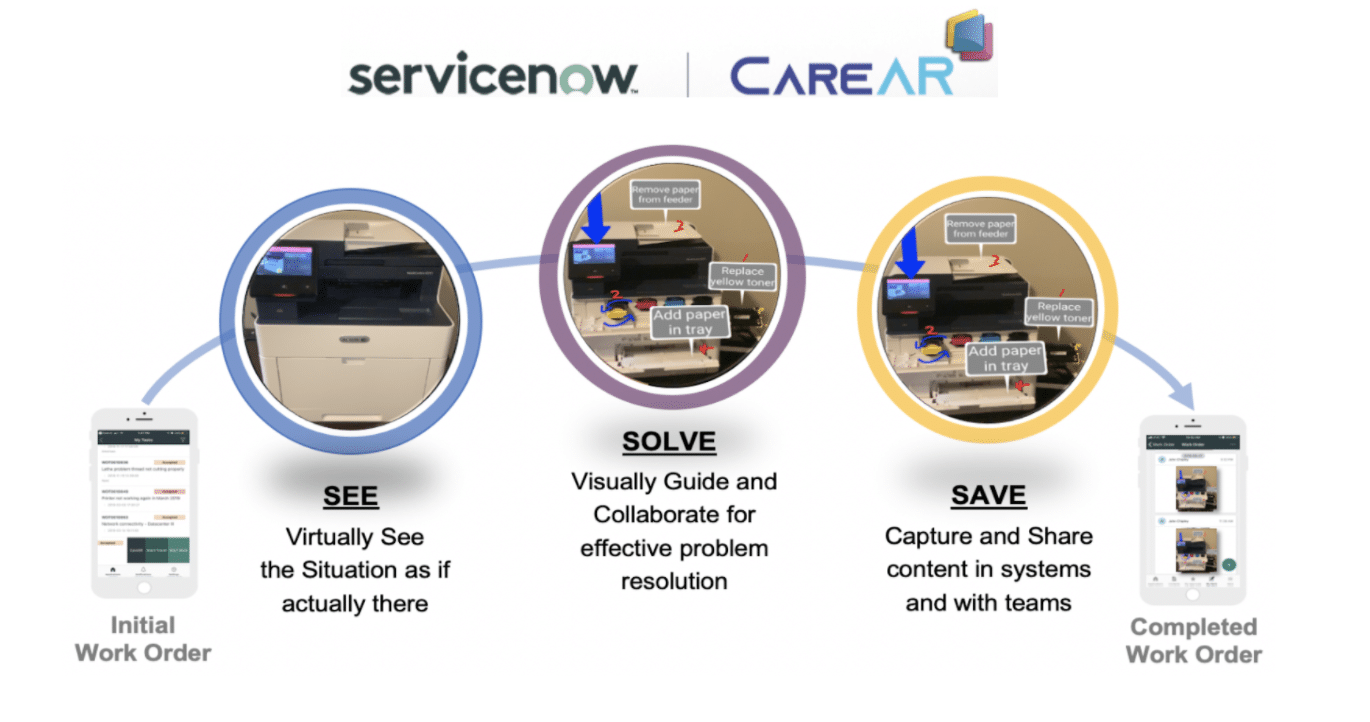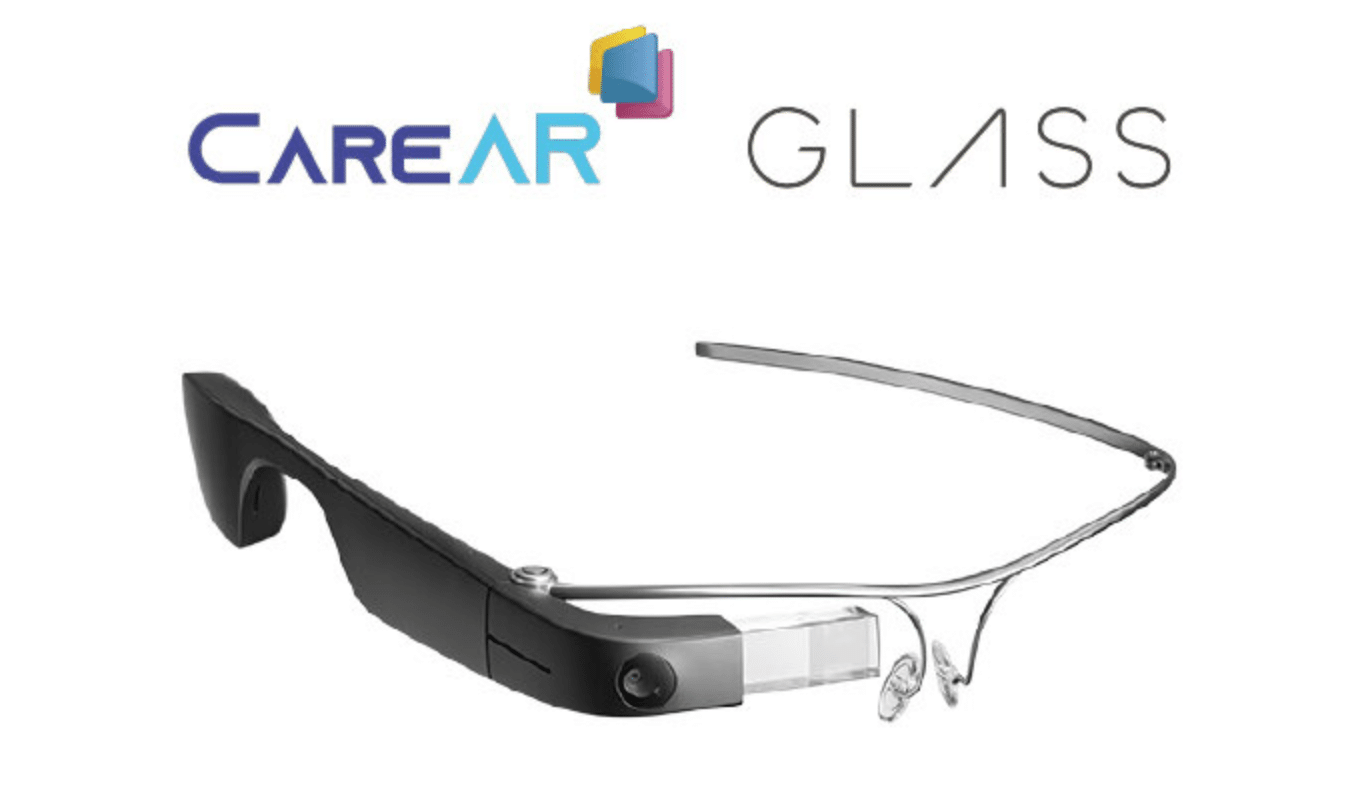
![]() AR Insider Edge is a series that spotlights partners and sponsors. For more information or to be featured in an upcoming article, see details here.
AR Insider Edge is a series that spotlights partners and sponsors. For more information or to be featured in an upcoming article, see details here.
One of the rallying cries for augmented reality is its ability to bring operational efficiencies to industrial enterprises. This happens by upskilling front-line workers with informational overlays or remote support through AR glasses or an upheld mobile device.
We’re now beginning to see this framework scale beyond the factory floor, including areas like home services (fixing your sink) and telecom (setting up your wifi router). But the real area of opportunity that could hold the most potential is enterprise service management.
This wide-reaching field consists of customer service, field service, and IT service management. In each case, AR accelerates enterprise digital transformation by empowering technicians — either dispatched in the field or a customer on-site — with the eyes and ears of a remote expert.
The time is right for this, as servicing equipment in the SaaS era has become a cost center for tech providers, thus motivating them to streamline. And in the Covid-era, enterprises are further motivated to adopt and deploy technologies that support remote interactions.

Enterprise-Grade
This is the opportunity that CareAR addresses. The company provides a suite of AR-guided remote-solve and self-solve apps. These include live AR expert assistance, pre-authored AR instructions, and intelligence based on contextual insights — all converging in a platform that extends existing enterprise workflows.
“Our platform is built to integrate easily with enterprise applications and workflows,” said CareAR founder & CEO Sam Waicberg. “If you talk to any CIO or COO, the last thing they want to do is have another standalone application. But if we’re complementing a current enterprise system that is their standard, we’re adding more value to their investment and lowering their risk.”
Another pervasive issue CareAR addresses is that at least one-third of onsite service calls require live remote assistance on average, according to Waicberg. Things break down when field techs run into unforeseen issues or lack training. Further challenges arise when needing to describe what they’re seeing. The go-to method is often Facetime or WhatsApp, which are fine consumer apps but lack enterprise-grade integration, collaboration, and troubleshooting ability — resulting in lengthy resolution times.
That in turn requires follow-on visits that cascade into other issues. This not only creates a direct cost but an opportunity cost in that field techs are kept from other service calls. Customer #1 is unhappy and unresolved, while customer #2 is neglected — a vicious cycle.
“A follow-on visit is what everybody’s trying to avoid,” said Waicberg. “If I have to go out there, let me be best positioned to fix it the first time because anything outside of that is additional cost. For big enterprises, the cost of that downtime could be anywhere from $300,000 to $5 million.”

Workflow-First
All of the above was given the chance to shine when CareAR partnered with ServiceNow (NYSE:NOW). As a market leader in enterprise service management, ServiceNow has a broad client base that was primed to benefit from enterprise-grade AR integrated with existing workflows.
The keywords here are integrated and workflows, says CareAR CTO Chetan Gandhi. CareAR’s UX-first approach emphasizes bringing AR to enterprises in a frictionless way. This carries across ServiceNow’s customer service, field service, and IT service management products.
“Service teams today are challenged with solving problems in increasingly complex situations, especially in light of COVID-19,” said Michael Ramsey, vice president of product management for customer workflow products at ServiceNow. “They want to increase efficiency, reduce operational costs, and improve customer outcomes—all while ensuring employee safety. Together with CareAR, ServiceNow is delivering digital experiences that empower service teams to better solve problems remotely so work can be completed efficiently and safely.”
This is a key point of validation from such a large-scale enterprise service management provider. But equally important is the end-user: ServiceNow customers. They realize the value of AR integration more directly. One example is NTT Data.
“NTT DATA is focused on helping our clients use digital technology to transform their business and deliver improved user experience,” said Cris Kibbee, chief delivery officer, NTT DATA Services. ”Capabilities such as AR, AI, and integrated digital workflows are transformative to enabling greater operational efficiencies and enhancing customer experiences. We are continuously co-developing innovative technologies and approaches in these areas, with partners like CareAR and ServiceNow, to build solutions that augment and help our teams deliver faster while consistently aligned with user expectations.”

Masking Complexity
In addition to integrating with existing apps and workflows, CareAR has broadened its base of AR hardware support — including everything from tablets to Google Glass. This range is important, as some customers opt for a dispatched technician armed with AR glasses. Others opt for AR-assisted remote-solve to troubleshoot using their mobile device, thereby avoiding a costlier technician visit.
“We want our application to be consumed and used in a simple and consistent manner regardless of the device,” said Waicberg. “We want to enable any device so our customers can select the best solution given the situation. So today it’s their workstation, laptop, mobile phone, tablet, or smart glasses.”
But the reality is that many enterprises don’t care about the technology itself, or even that it’s called “AR” or something else. They rather want real quantifiable benefits that optimize their customer and field outcomes, which requires delivering tangible value like reducing resolution times, deflecting dispatches and truck rolls, or improving customer satisfaction.
“The trick is to mask the complexity with a simple and superior user experience,” said Waicberg. “For example, CareAR can not only escalate remote AR support calls from within a ServiceNow work order ticket on their mobile app; but it can capture pictures and record videos from the live service session which automatically gets saved to the ServiceNow support ticket or knowledge base — a process that happens in seconds instead of hours or days.”

Knowledge Gap
It’s also important to address enterprise pain points that exist on more macro-levels. In other words, most of the above focuses on streamlining service calls on an individual session basis… and the unit economics that result. But what about broader organizational pain points?
Specifically, Waicberg emphasizes the ability to reduce institutional knowledge loss. After years of working at a company, retirees can walk out the door with all that tribal knowledge. That’s amplified by trends such as baby-boomers retiring en masse, and aggregate job turnover growth.
AR can alleviate this through what Waicberg calls “making expertise accessible.” A core mission for CareAR, this works on a few levels including upskilling novice technicians with contextual data that’s served to them in the form of interactive instructions or live remote support.
The latter brings additional value by letting companies offer alternative roles to senior talent and thus delay their retirement. In other words, senior talent can transition into remote expert positions that support technicians in the field from a central location — a cushier job.
“This is what enterprises want — to retain those people and put them in a central support structure to help the younger, less-experienced resources in the field realize shorter ramp-up times, while doing their job faster and better,” said Waicberg. In this way, we’re actually augmenting intelligence. This helps alleviate that knowledge and skills gap which is really what keeps executives up at night.”

Looking Forward
As for what’s next, Waicberg & company have their eyes set on a few key goals. First, to double down on the versatility principle, it wants to continue expanding its hardware compatibility. It just announced Google Glass EE support which will result in meaningfully-expanded capabilities.
The company is even looking at drones as a hardware vessel to support enterprise visualization in expansive areas or hard-to-reach places. This would deepen its addressable market to verticals like telecom (think: cell tower maintenance) oil & gas, and heavy equipment industries.
Meanwhile, Waicberg still sees ample opportunity in enterprise service management, including expanded capabilities for ServiceNow in its road map. Covid-era dynamics will also compel remote-AR support across the board, which not only means near-term adoption inflections but longer-term sustained adoption as the technology is given a chance to shine.
But most of all, Waicberg wants to empower companies with augmented intelligence. This happens through the content and data that CareAR’s platform both consumes and creates as part of every service session.
“CareAR’s platform already gets smarter with each service session,” said Waicberg. “The combination of AR and AI is where we see ‘augmented intelligence’ having massive potential to deliver CareAR’s mission of making expertise accessible, anywhere and instantly.”
For more color, see AR Insider Edge’s interview with CareAR below.
